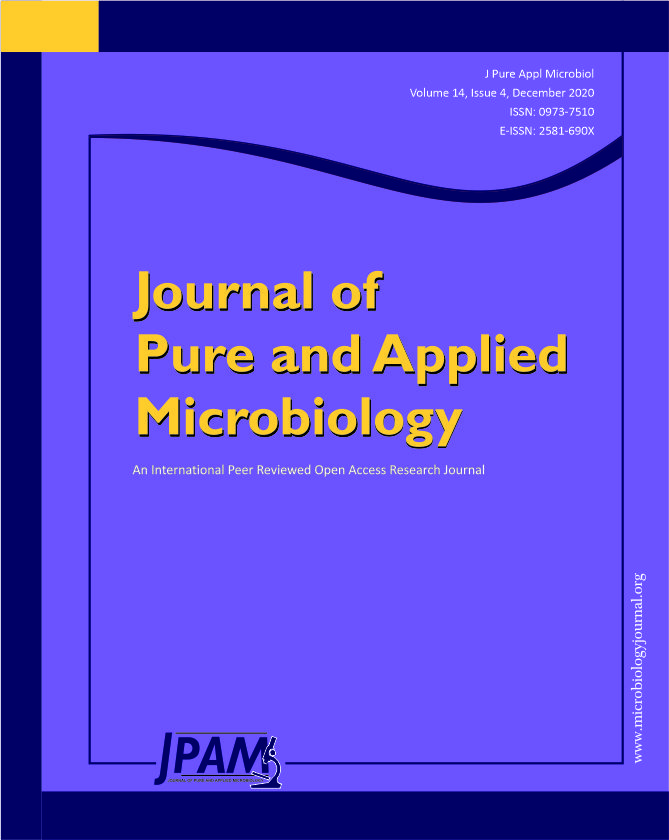Coronavirus disease (COVID-19) has showed high transmission across the continents due to Severe Acute Respiratory Syndrome Coronavirus-2 (SARS-CoV-2) with total infected cases of around ~ 44 million people. This communicable virus that initiated from the Wuhan city of China in the month of December 2020 has now spread to 189 different countries with 1.1 million fatalities worldwide (till 28 Oct, 2020). The World Health Organization (WHO) declared this outbreak as Public Health Emergency of International Concern in January, 2020. The infection spreads mainly due to contact with infected droplets or fomites, highlighting flu like symptoms initially, which may further progress into severe pneumonia and respiratory failure, often observed in elderly patients with prehistory of other diseases. The diagnosis is based on detection of viral antigen, human antibody and viral gene (RT-PCR). Further, various other diagnostic tools including X-ray, CT-scan are used for imaging purpose, recently artificial intelligence based imaging (contactless scanning) gained popularity. Generally testing of existing drugs (repurposing) and development of new molecules are the main strategies adopted by researchers. However, as per initial findings, various drugs, monoclonal antibody and plasma therapy were found to show effectiveness against COVID-19. Further, many vaccine candidates have entered or will soon enter phase III clinical testing. This disease has further challenged the global economy. Thus, this review uniquely compares the strategies adopted by developed and developing countries worldwide including protective measures like lockdown, continuous testing, utilizing latest tools (artificial intelligence) in curbing this infection spread.
SARS-CoV-2, COVID-19, pandemic, plasma therapy, artificial intelligence
© The Author(s) 2020. Open Access. This article is distributed under the terms of the Creative Commons Attribution 4.0 International License which permits unrestricted use, sharing, distribution, and reproduction in any medium, provided you give appropriate credit to the original author(s) and the source, provide a link to the Creative Commons license, and indicate if changes were made.


